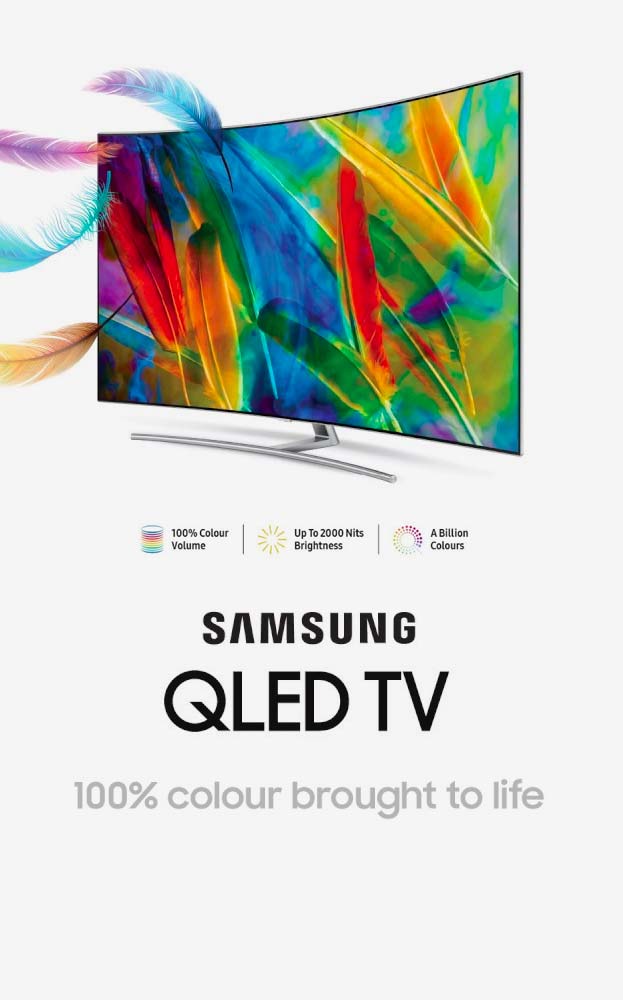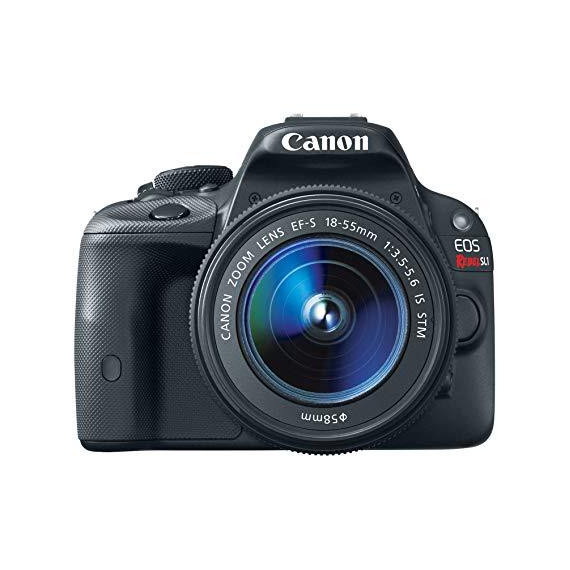Canon EOS Rebel SL1 Digital SLR with 18-55mm STM Lens
B00BW6LY2Y

Serving customers for more than 35 years, Adorama has grown from its flagship NYC stor...
المدينة: US, Pasadena
Delivery
DHL express - Fast
1 day, Door-to-Door, Courier Delivered
from 26$
Pickup at your own expense
Tomorrow from 09:00 to 20:00, Store location
Free
Payment options
Cash, bank card, credit/installment payments, cashless payment for legal entities
Warranty and returns
Exchange/return of products of proper quality within 14 days
Official manufacturer's warranty: 12 months
Features
Style
18-55mm
Description
This fits your .
Reviews
لم يتم العثور على أي تقييمات
Product variations
الرجاء تسجيل الدخول حتى نتمكن من إخطارك بالرد









